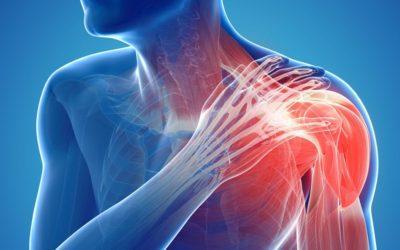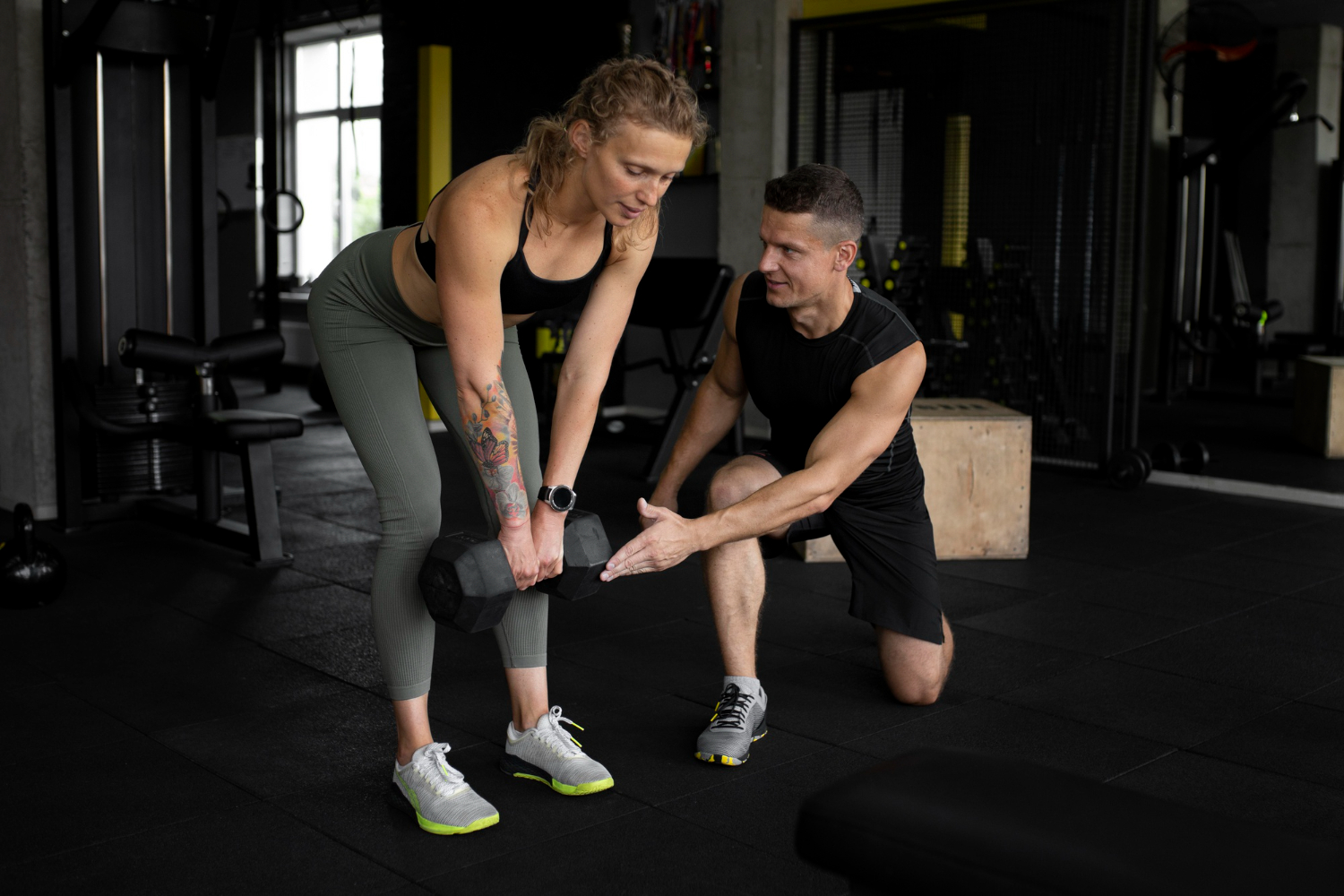
Introduction
Welcome to our comprehensive guide on how to fix sore muscles quickly and effectively. Whether you’re an athlete, a fitness enthusiast, or simply someone experiencing muscle soreness from daily activities, we understand the importance of finding relief promptly. In this guide, we’ll delve into proven techniques and strategies to alleviate soreness, allowing you to get back to your routine with minimal downtime.
Understanding Muscle Soreness
Before we delve into the remedies, it’s crucial to understand what causes muscle soreness. Muscle soreness, also known as delayed onset muscle soreness (DOMS), typically occurs after engaging in unfamiliar or strenuous physical activity. It is caused by microscopic damage to muscle fibers and the resulting inflammation.
Tapentadol 200mg is a larger dose of the medicine used to treat moderate to severe pain. Tapentadol 200mg, like the 100mg dosage, is an opioid analgesic. Its mode of action includes binding to the mu-opioid receptor and blocking norepinephrine reuptake, resulting in dual pain relief benefits.
Hydration: The Key to Recovery
Importance of Hydration
Hydration plays a pivotal role in muscle recovery and relief. Dehydration can exacerbate muscle soreness and prolong recovery time. It’s essential to consume an adequate amount of water throughout the day, especially before, during, and after physical activity.
Electrolyte Balance
In addition to water, maintaining electrolyte balance is crucial for optimal muscle function and recovery. Electrolytes such as sodium, potassium, and magnesium play vital roles in muscle contraction and relaxation. Incorporating electrolyte-rich foods such as bananas, leafy greens, and coconut water into your diet can help replenish electrolyte levels and alleviate soreness.
Tapentadol 100mg is a medicine used to relieve moderate to severe pain. It is an opioid analgesic. The major method of action is to bind to the mu-opioid receptor and impede norepinephrine reuptake. This multimodal mechanism helps manage pain by influencing both the opioid and noradrenergic pathways.
The Power of Nutrition
Protein-Rich Foods
Protein is essential for muscle repair and growth. Consuming protein-rich foods such as lean meats, fish, eggs, and legumes can aid in the recovery process by providing the necessary building blocks for muscle tissue repair.
Anti-Inflammatory Foods
Incorporating anti-inflammatory foods into your diet can help reduce inflammation and alleviate muscle soreness. Examples of anti-inflammatory foods include berries, fatty fish, turmeric, ginger, and green tea.
Rest and Recovery
Importance of Rest
While physical activity is crucial for overall health and fitness, adequate rest is equally important for muscle recovery. Allow your muscles time to rest and repair by incorporating rest days into your workout routine.
Sleep Quality
Quality sleep is essential for muscle recovery and growth. Aim for 7-9 hours of uninterrupted sleep each night to optimize your body’s recovery process.
Stretching and Mobility Exercises
Benefits of Stretching
Incorporating stretching and mobility exercises into your routine can help improve flexibility, reduce muscle tension, and alleviate soreness. Focus on dynamic stretches and foam rolling to target tight muscles and improve range of motion.
Yoga and Pilates
Yoga and Pilates are excellent low-impact forms of exercise that focus on flexibility, strength, and mind-body connection. These practices can help alleviate muscle soreness while promoting relaxation and stress reduction.
Buy tapentadol online is a centrally acting analgesic (pain reliever) that treats moderate to severe pain. It is classed as an opioid analgesic and comes in both immediate and extended-release forms. Tapentadol binds to mu-opioid receptors in the central nervous system and inhibits norepinephrine reuptake.
Hot and Cold Therapy
Hot Therapy
Heat therapy can help increase blood flow to sore muscles, promoting relaxation and healing. Apply a heating pad or take a warm bath to soothe soreness and stiffness.
Cold Therapy
Cold therapy, such as ice packs or cold baths, can help reduce inflammation and numbness associated with sore muscles. Apply cold therapy for 15-20 minutes at a time to the affected area.
Conclusion
In conclusion, sore muscles are a common occurrence for many individuals, but they don’t have to derail your fitness goals or daily activities. By incorporating hydration, proper nutrition, rest, stretching, and therapeutic techniques such as hot and cold therapy into your routine, you can effectively alleviate muscle soreness and promote recovery. Remember to listen to your body and adjust your routine accordingly to prevent overexertion and injury.








